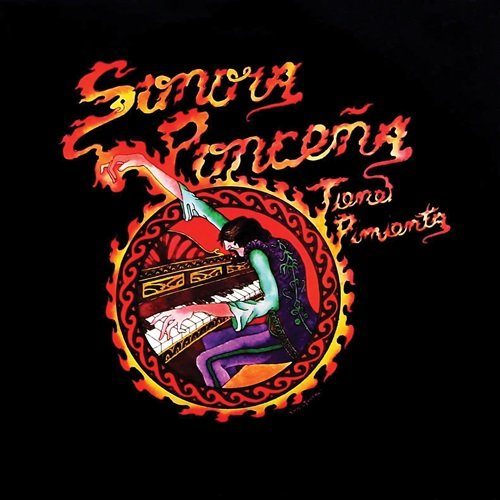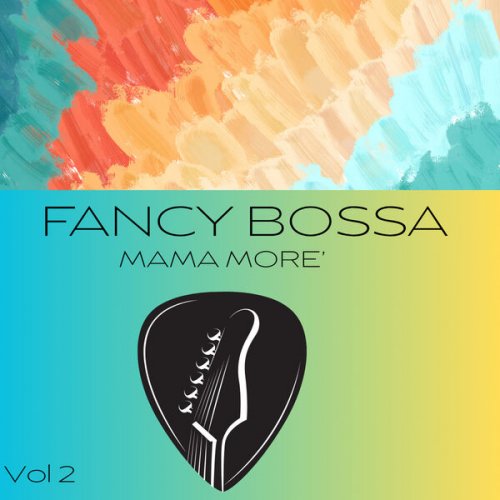Gino Quilico - Serata d’Amore: Famous Italian Love Songs (2013) [Hi-Res]
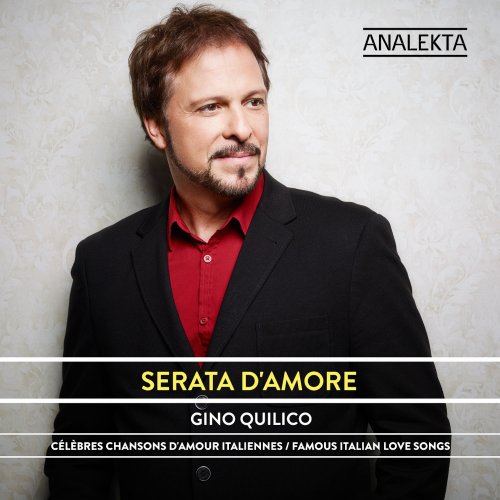
Artist: Gino Quilico
Title: Serata d’Amore: Famous Italian Love Songs
Year Of Release: 2013
Label: Groupe Analekta, Inc.
Genre: Classical
Quality: flac lossless / flac 24bits - 88.2kHz +Booklet
Total Time: 00:45:59
Total Size: 235 / 848 mb
WebSite: Album Preview
TracklistTitle: Serata d’Amore: Famous Italian Love Songs
Year Of Release: 2013
Label: Groupe Analekta, Inc.
Genre: Classical
Quality: flac lossless / flac 24bits - 88.2kHz +Booklet
Total Time: 00:45:59
Total Size: 235 / 848 mb
WebSite: Album Preview
01. Caruso
02. A Vucchella
03. La Danza
04. Parla Piu Piano
05. Arrivederci Roma
06. Un Amore Cosi Grande
07. Santa Lucia
08. Torna Sorriento
09. Étude Op. 10, No. 3, "Tristessa"
10. Malia
11. Non Pensare A Me
12. Don Giovanni, K. 527: Deh vieni alla finestra
13. Lei
14. O Sole Mio
![Gino Quilico - Serata d’Amore: Famous Italian Love Songs (2013) [Hi-Res]](https://www.dibpic.com/uploads/posts/2020-09/1599759509_gino-quilico-serata-damore-famous-italian-love-songs-2013-back.jpg)
Serata d’Amore… A romantic evening is not complete without music : traditional Neapolitan songs perhaps, or maybe a few operatic arias, beautiful melodies that tune the ear and warm the heart with an amalgam of souvenirs. This album was born from a series of performances given by Gino Quilico last summer, in which he offered a journey through various eras, composer and genres. While the original concept included of songs in both French and English, the singer chose to detach himself from them and converge back towards his roots in Italy where, as a child every weekend in the car between Rome and Ostia, he would intone arias of Tosti and traditional ballads along with the warm baritone of his father Louis and the accordion of his mother, Carolina Pizzolongo.
The album is infused with youth but doesn’t want to recall nostalgia, or become an object frozen in time, an old postcard looked at from time to time. With the arrangements of Dominic Boulianne, the titles of the album, all picked by Gino with the utmost delicacy, flow from Chopin to Tosti, Rossini to Dalla, and Mozart to Aznavour. They have been loved for years, and will remain to be hummed for decades to come. One will find treasures such as two of Tosti’s 500 popular parlour ballads, and an aria from Mozart’s Don Giovanni in which the great seducer charms his lady from under a balcony with a simple mandolin. The eternal O sole mio, Santa Lucia and Torna a Surriento, all of which he remembers his father singing in a Venetian gondola after a late night, are also part of the selection.
Rossini’s explosive Neapolitan Tarantella, “La Danza”, eighth song of the cycle Les soirées musicales, has seduced many composers ever since its inception in 1835. Franz Liszt transcribed it for the piano, Ottorino Respighi integrated it to his ballet La Boutique Fantasque, and Chopin took inspiration from it for his Tarentella Op. 43. The arrangement proposed here designed to enhance accordionist Alexander Sevastian’s extraordinary virtuosity.
Parla Pui Piano, another song launched with an immediate success, was taken from Nino Rota’s soundtrack for The Godfather, but had already been used in Fortunella in 1958, therefore precluding it from an Oscar nomination for best soundtrack in 1972. The prestigious prize was however given to him for Speak Softly Love two years later for The Godfather II.
The author, composer, pianist and clarinetist Lucio Dalla first became successful in 1960. Equally a composer for cinema and television, Dalla caused a fantastic worldwide tidal wave with Caruso, an homage to the famous tenor, sold at over nine million copies. Singer Dalida will notably reissue his song 4/3/1943 in French under the title Jésus bambino.
“Il Reuccio della canzone italiana”, the king of the Italian song, Claudio Villa, who also popularized Arrivederci Roma, produced a single of Non Pensare en me, a duet collaboration of Eros Sciorilli and Alberto Testa that was deemed to win the grand prize of the 17th Festival of Sanremo. The song additionally exists in various languages, including a French (Quand tu t’en iras), Russian, Portuguese, as well as English (Time Alone Will Tell) versions.
As Guido Maria Ferilli’s most popular song, Un Amore Così Grande was first popularized by Mario del Monaco, and more recently by Luciano Pavarotti (in a symphonic arrangement by Henry Mancini) et Andrea Bocelli. It was originally written in 1976 as a request from Detto Mariano, the orchestration coordinator for Mario del Monaco.
The Etude Op. 10 No. 3 by Chopin was first referred to as “Tristesse”, meaning sadness, by an editor profoundly touched by the piece. Chopin himself used to state that never again would he compose something as beautiful, and whilst it has been adapted numerous times by famous composers such as Edgardo Donato in the tango La Melodia del Corazón sung by Tino Rossi in French and Giuseppe di Stefano in Italian for instance, this extremely vocal melody persists in haunting listeners with a profound melancholy.
And a romantic night would not be complete without a page dedicated to a beloved one, which is why Gino Quilico integrated in the album Charles Aznavour’s Lei, which was first entitled She in 1974 as the theme of the British televison series Seven Faces of Woman. It was also recorded in French (Tous les visages de l’amour), as well as German and Spanish. Lei is amongst his wife Sara’s favourite arias.
![Koldo Munné & 1520's Ensemble - Live at Jamboree Live Music (2025) [Hi-Res] Koldo Munné & 1520's Ensemble - Live at Jamboree Live Music (2025) [Hi-Res]](https://www.dibpic.com/uploads/posts/2025-12/1765846749_ck2b0xbsb8jna_600.jpg)

![Stille Grender, Eva Bjerga Haugen - Svart senker natten seg (2025) [Hi-Res] Stille Grender, Eva Bjerga Haugen - Svart senker natten seg (2025) [Hi-Res]](https://www.dibpic.com/uploads/posts/2025-12/1765550212_ktbxqyoaitggb_600.jpg)
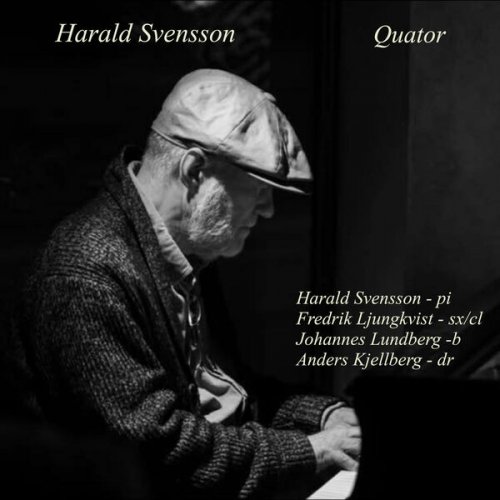
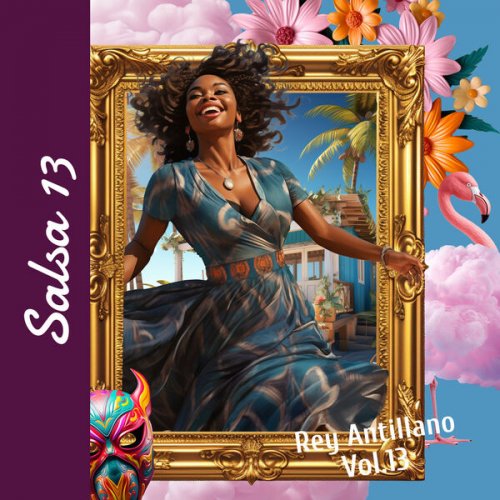
![Tomasz Stańko, Tomasz Szukalski, Dave Holland & Edward Vesala - Balladyna (1976/2025) [Hi-Res] Tomasz Stańko, Tomasz Szukalski, Dave Holland & Edward Vesala - Balladyna (1976/2025) [Hi-Res]](https://www.dibpic.com/uploads/posts/2025-12/1765717548_cover.jpg)
